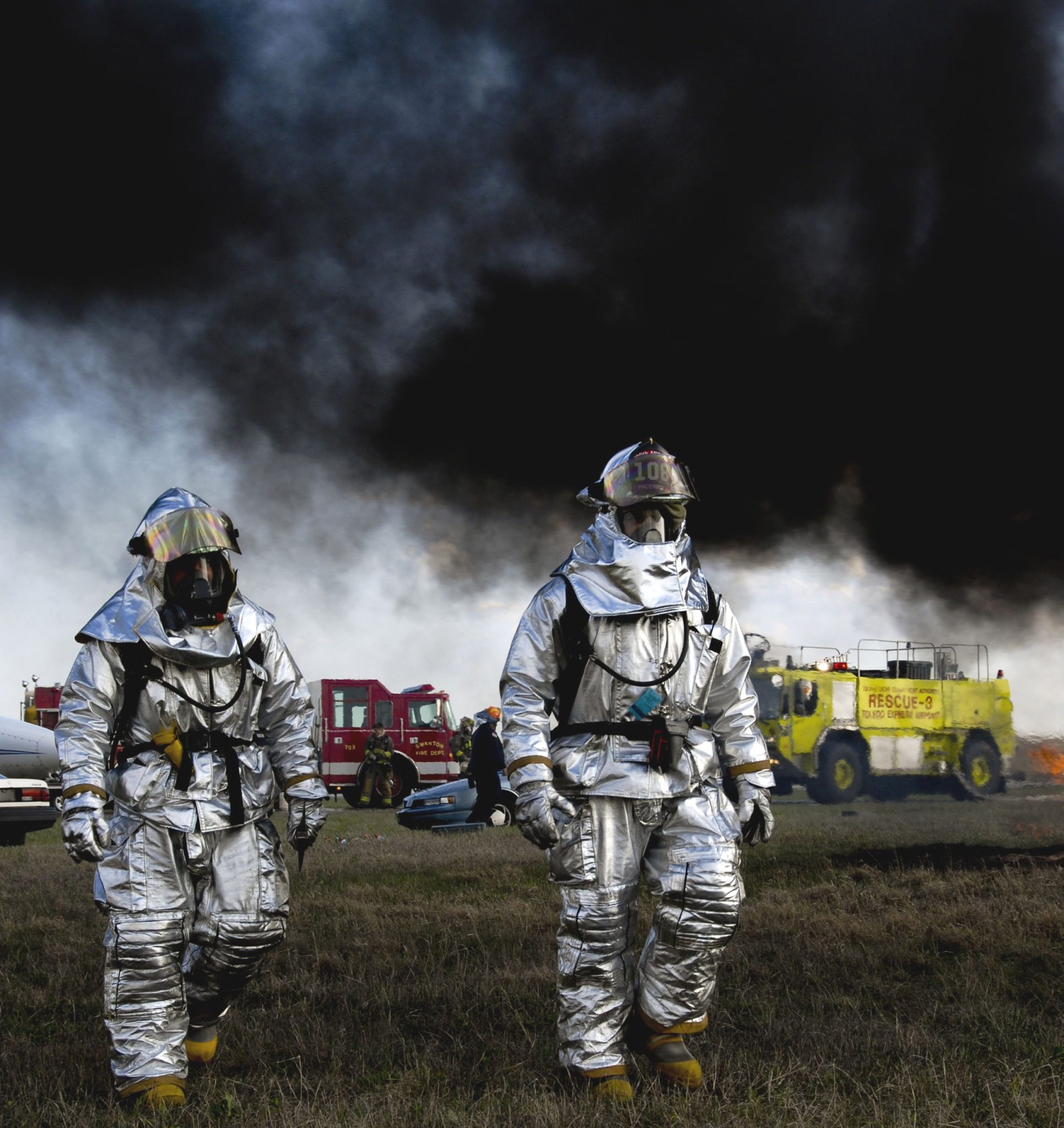
A confined space can be deadly. Entanglements, falls, asphyxiation and other potential hazards can pose a threat to workers who have to enter these types of places. No one wants an emergency in a confined space, but unfortunately, they do happen. When an accident happens and a worker needs help, you need to be fully prepared as a rescuer.
What Type Of Rescue You Are Facing?
Rescues can broadly fall under two categories: time-sensitive and non-time sensitive. A time-sensitive one is an urgent emergency, in which you only have a small window of time to get someone out safely. A rescue that is not time-sensitive is one in which you have more time because the person trapped is not going to be seriously harmed or killed if you don’t act immediately.
As a rescuer, you need to be able to determine which type of rescue you are facing when the unthinkable happens. This is so you don’t delay rescue to a tragic result, and you don’t rush a rescue which leaves someone unnecessarily injured when you actually had more time available to plan your approach.
Which Types Of Equipment You Need And How It Works?
There are a variety of tools and equipment that can be used in a confined space rescue, including harnesses, arm systems and hoist systems. A successful rescue will involve the identification of the right tools needed for the job, and the correct use of those tools. Reading equipment and tool documentation alone does not suffice in such a serious situation as a confined space rescue, so having training from a CSR Solutions company on how to use these tools is necessary. If you are not comfortable with the training for yourself or one of your staff members, you can also leave your confined space rescue needs in the hands of a confined space rescue service provider.
Which Rescue Approach To Use?
A confined space rescue requires a plan that identifies exactly what approaches to rescue are available and weighs the risks of those attempts. This includes surveying openings to determine whether a rescuer and / or the needed rescue equipment can safely fit through and identifying all of the tools that need to be prepped and at hand before the rescue starts. Before a rescue attempt is made, the rescuers involved must have a strategy in place that addresses all the logistics and potential concerns surrounding the situation.
A confined space rescue can very well be a matter of life and death for everyone in the space, including the rescuer and the person who is trapped. Whether you have trained rescuers on your team or arrange to use the professional services of a CSR Solutions provider, it’s important that your rescue team is fully prepared and ready to handle an emergency before it even happens.